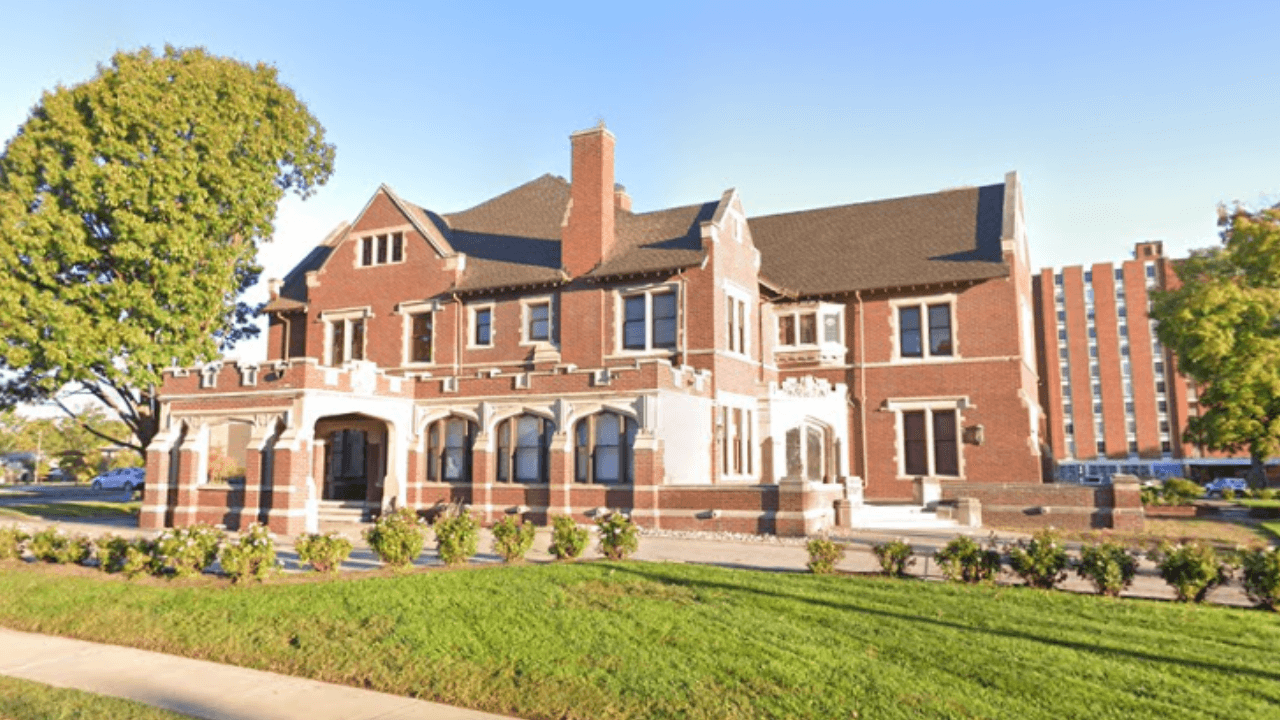
Some homeowners want to buy an existing home—and, lucky for them, some of these homes fall into the category of a historic home. To achieve this distinction several factors are involved and at least one of the following criteria must be met: Be at least 50 years old (though there are some exceptions); represent a specific architectural style, retaining a high degree of original character; or be associated with significant historical events or individuals. The central Indiana area is lucky enough to have several historic neighborhoods: Lockerbie Square, Renovating a historic home presents a unique opportunity to preserve its charm and character while incorporating modern amenities for comfort and functionality. Here are some insights on how to approach renovations in historic homes:
Research and Understand the Home’s History:
Before starting any renovations, research the history of the home to understand its architectural style, original features, and cultural significance. A paper trail becomes important. Document existing features, materials, and architectural details to guide the renovation process and ensure preservation of historical elements.
Respect the Original Design and Materials:
The Preservation Principles apply. Preserve as much of the original structure, materials, and craftsmanship as possible. Repair rather than replace historical features whenever feasible. Use period-appropriate materials and techniques for any necessary repairs or additions to maintain the home’s authenticity.
Prioritize Preservation of Key Features:
Identify and prioritize the preservation of key architectural features such as moldings, trim, windows, doors, and decorative elements that define the home’s character. Explore adaptive reuse options for original features, such as repurposing salvaged materials or integrating them into new design elements.
Incorporate Modern Amenities Thoughtfully:
Integrate modern amenities such as updated kitchens, bathrooms, and HVAC systems in a way that respects the home’s historic character. Conceal modern upgrades behind original features or within existing structures to maintain the home’s historical appearance.
Work with Preservation Professionals:
Consult preservation experts. Collaborate with architects, contractors, and preservation specialists experienced in historic renovations to ensure compliance with preservation standards and guidelines. Familiarize yourself with local historic preservation ordinances and regulations governing renovations to ensure compliance and avoid potential fines or penalties.
Plan for Sustainable Preservation:
No one ever said you had to cook over an open fire. Implement energy-efficient upgrades such as insulation, windows, and HVAC systems that meet modern standards while preserving the home’s historic integrity. Choose environmentally friendly materials and construction methods that minimize environmental impact and contribute to the long-term sustainability of the home.
Document and Celebrate the Renovation Process:
Document the renovation process through photographs, journals, or videos to capture the evolution of the home and its preservation efforts. Share the renovation journey with the local community to foster appreciation for historic preservation and celebrate the home’s cultural heritage.
With neighborhoods like Lockerbie Square Historic District, Old Northside Historic District, Herron-Morton Place Historic District, Woodruff Place Historic District, Meridian Park Historic District and the Mid-Century Modern area in downtown Carmel, there is energy behind preservation.
By approaching historic home renovations with a balance of preservation and modernization, homeowners can honor the past while creating comfortable and functional living spaces for the present and future. A member of the Yosha Snyder Group would be honored to help you purchase a home that fits this bill. Historic properties serve as reminders of the city’s past while contributing to its vibrant cultural scene. Whether through preservation efforts, adaptive reuse projects, or community engagement initiatives, they continue to enrich the fabric of Indiana’s heritage for generations to come.
